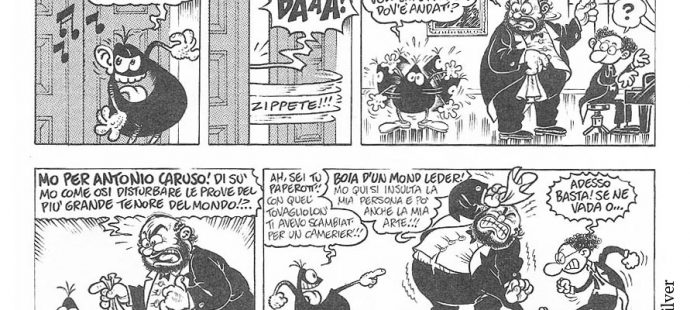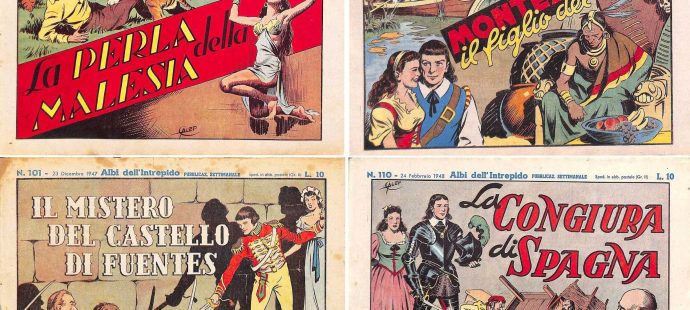
Bitter people/Better people Luciano Pavarotti
Bitter people/Better people Luciano Pavarotti A cartoonist often receives requests, dedications on published volumes, original drawings with dedications, and original panels. It is not uncommon to receive such requests also ...





